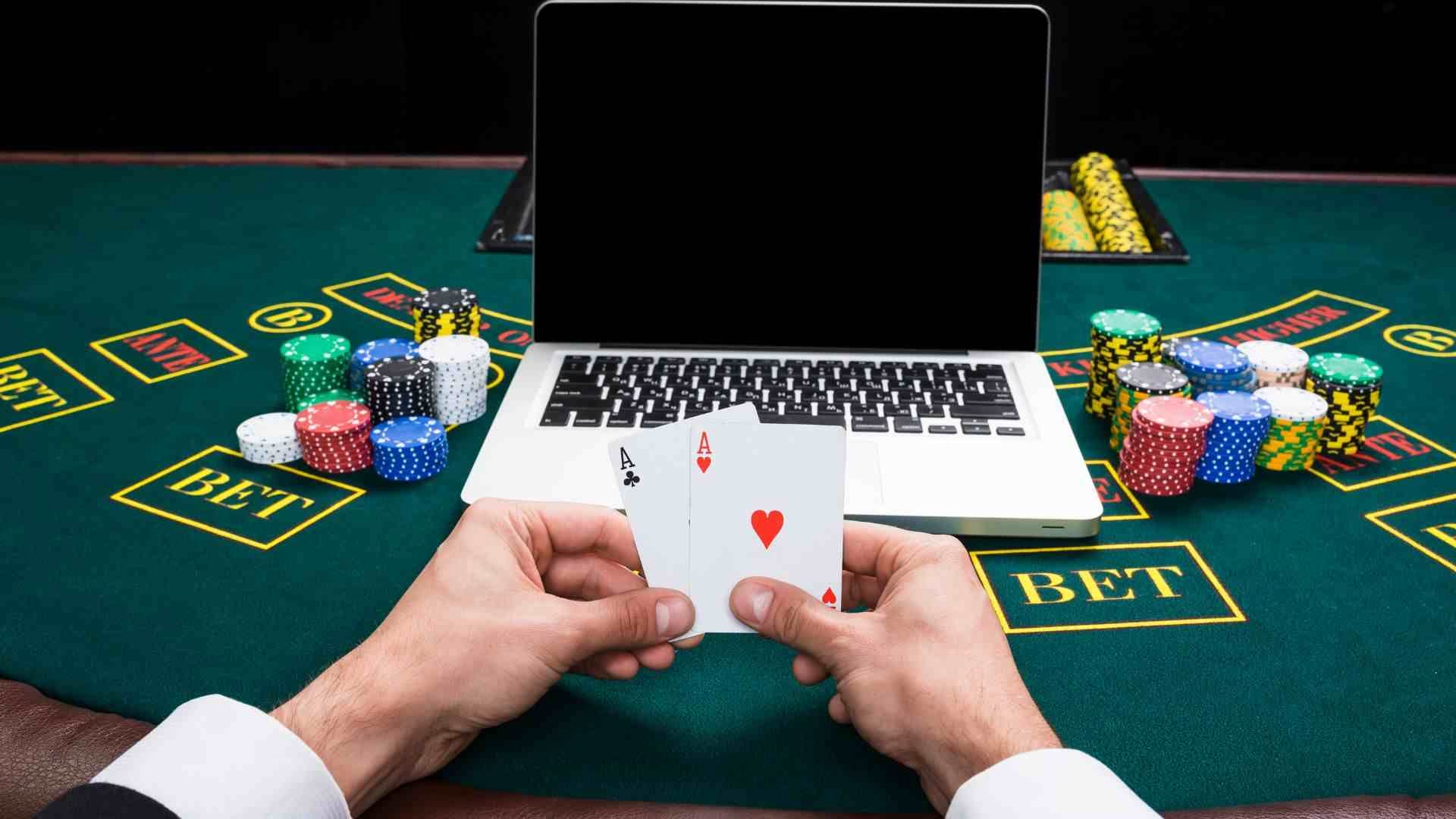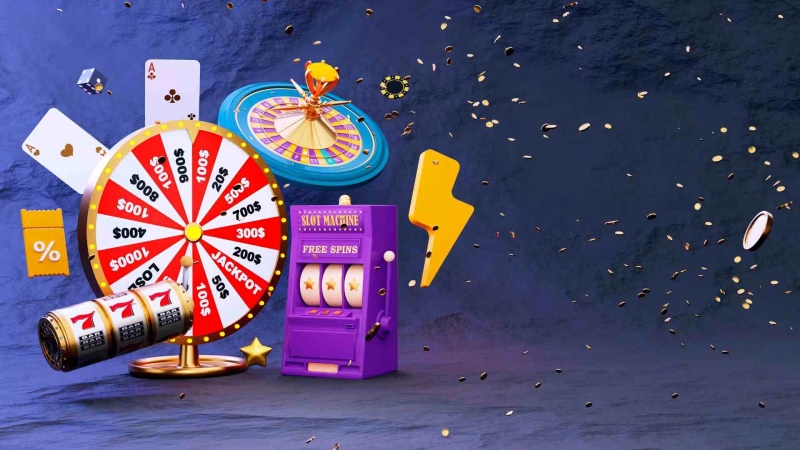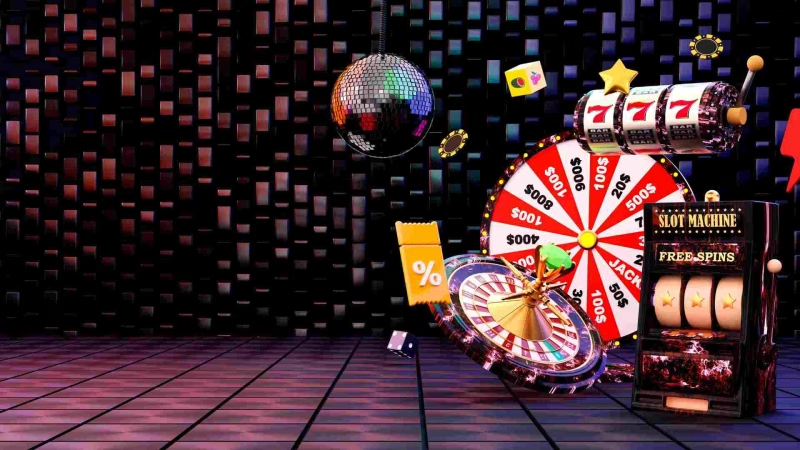RTP Explained: The Key to Understanding Casino Payouts

Return to Player (RTP) is the most important metric that determines how much a casino game pays out over the long run. Yet many players still misunderstand what this percentage actually represents. RTP indicates the average percentage of all wagers a game returns to players. A slot with 96% RTP will theoretically pay back €96 for every €100 wagered.
RTP Calculation and Meaning
The RTP calculation is straightforward: divide total winnings by total wagers and multiply by 100%. Mathematically:
RTP = (Total Winnings / Total Bets) × 100%
For example, if a slot pays out €960,000 from €1,000,000 wagered, the RTP is 96%.
Developers in the iGaming industry determine the RTP when creating a new game. They integrate a Random Number Generator (RNG) that ensures every spin or round is random, independent, and not predetermined. Audit labs such as eCOGRA, BMM, and iTech Labs regularly test these RNGs for fairness and randomness.
Once a developer assigns an RTP value to a game, no one else can change it. Neither the player nor the casino operator can alter the payout settings. In very rare cases, developers create games – like some LuckyMax Casino titles – with adjustable RTP variants, but this is far more common in land-based machines.
House Edge: The Opposite Side of RTP
Alongside RTP, there’s House Edge, and the two are often confused. RTP is the percentage of all wagers returned to players. House Edge is the percentage the casino keeps – or what players lose. For example, a 96% RTP means the House Edge is 4%. The famous saying “the house always wins” refers directly to this margin.
RTP by Game Type
| Game Type | Typical RTP Range | House Edge | Best Examples | Best For |
| Video Poker | 98–99.5% | 0.5–2% | Jacks or Better, Deuces Wild | Experienced players |
| Blackjack | 99–99.5% | 0.5–1% | Basic strategy blackjack | Strategy-focused players |
| European Roulette | 97.3% | 2.7% | Single-zero roulette | Table game fans |
| Slots (High RTP) | 96–99% | 1–4% | Mega Joker, Blood Suckers | All players |
| Slots (Average RTP) | 94–96% | 4–6% | Most video slots | Casual players |
| Slots (Low RTP) | 85–94% | 6–15% | Many land-based slots | Best avoided |
RTP vs Volatility
RTP only tells half the story. Volatility (or variance) determines how that RTP is delivered. A 96% RTP slot can behave completely differently depending on volatility.
Low-volatility slots deliver frequent but smaller wins. Your bankroll lasts longer, but big jackpots are rare. Classic 3-reel and standard video slots fit this category – ideal for smaller budgets and long sessions.
High-volatility slots rarely pay out, but when they do, the wins can be massive. Long dry spells followed by explosive payouts are typical. Progressive jackpots fall into this group – best for players with larger bankrolls chasing life-changing wins.
Online vs Offline Casinos
Online slots typically have higher RTPs than land-based machines because operating costs are much lower. Online players can access thousands of slot titles, unlike physical casinos limited by floor space.
Land-based casinos maintain physical machines that require installation, repairs, and costly upkeep. Online casinos like Caesars and BetMGM lead the market with impressive average RTPs of 97.63% and 97.56%, far above the industry standard of 96%.
RTP and Bonuses
Casino bonuses do not change a game’s RTP, but they do affect your gameplay and cashout potential. Bonuses often include wagering requirements – the number of times you must wager the bonus before withdrawing. These usually appear as multipliers (e.g., 30x).
Playing high-RTP slots can make meeting these requirements easier, since you theoretically retain more of your bankroll. To offset this, casinos frequently exclude certain high-RTP games from bonus play. NetEnt’s Blood Suckers is a well-known example. Always read the fine print before opting in.
Common RTP Myths
Myth: “This machine is due for a payout.”
Reality: Every spin is independent. Past results do not influence future outcomes.
Myth: “Casinos adjust RTP per player.”
Reality: RNG ensures randomness. Operators cannot change individual RTP settings.
Myth: “Playing at certain times improves your odds.”
Reality: RTP stays the same regardless of when you play.
Myth: “Using your player card lowers payouts.”
Reality: Player cards do not affect RTP – only your rewards and comps.
Final Takeaway
The difference between smart players and slot-machine fodder is understanding RTP. It’s not casino magic – it’s pure math that can dramatically improve your odds. Choose slots with 96%+ RTP, match volatility to your bankroll, and make your money work smarter, not harder.

